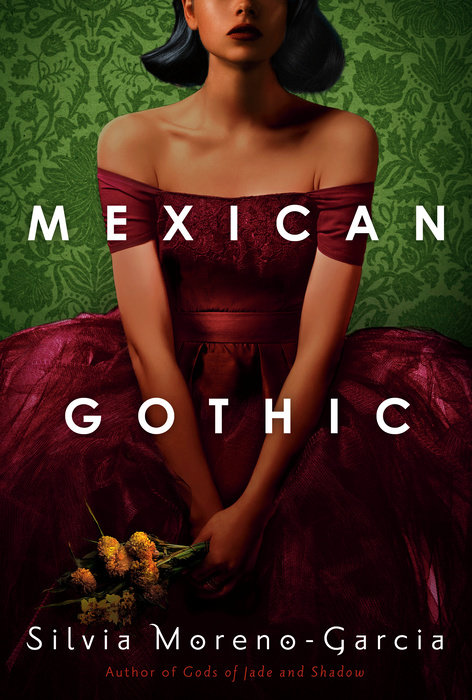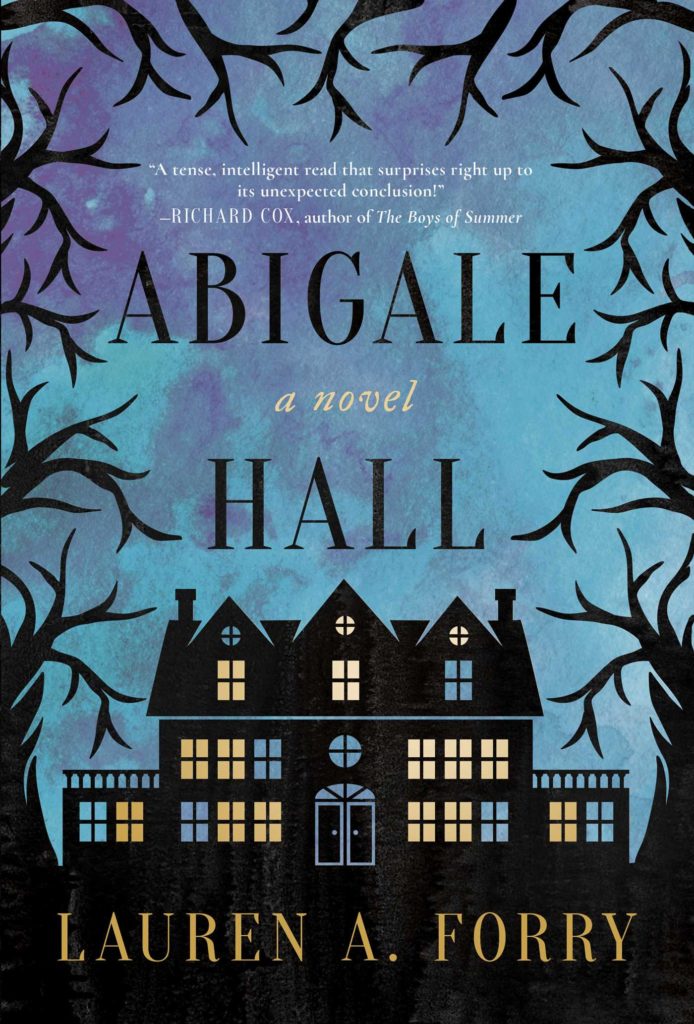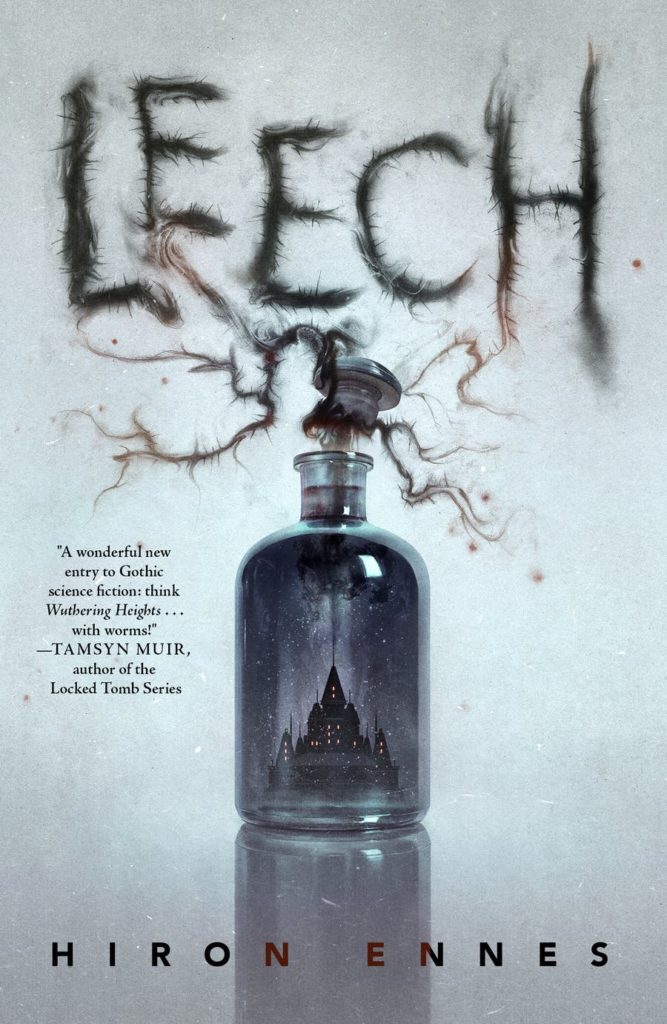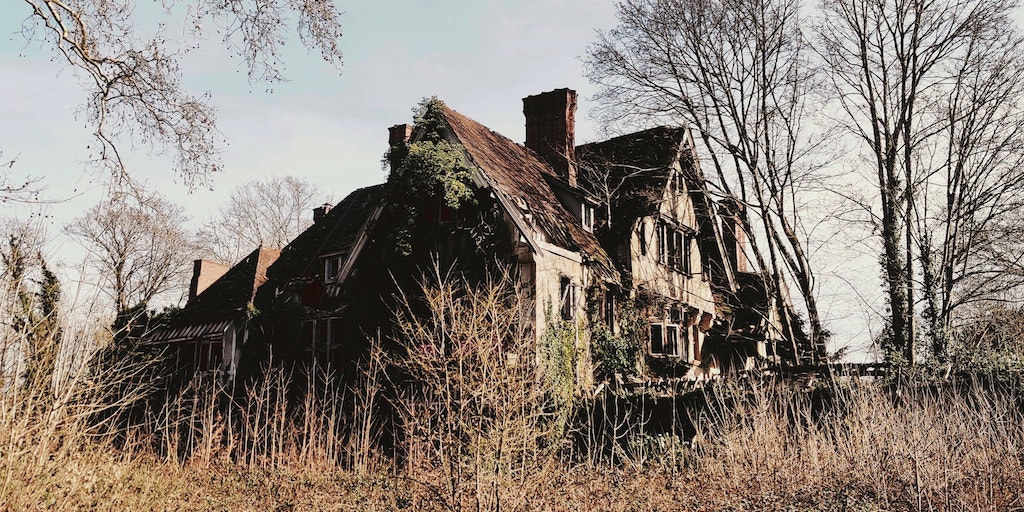Beneath the Ground and Under the Skin
Since the beginning, Gothic stories have used familiar building blocks. There’s the big grim house, full of many generations of family secrets; the legacy of the past as a menacing villain in itself; an outsider, usually a woman, who arrives and disturbs the status quo and uncovers buried horrors like silt stirred at the bottom of a lake. A transgressive theme is often at work–warnings about a forbidden wing of the house, locked chests, sealed-off rooms, buried histories don’t deter the lead. When told not to intrude, they persist. A basic drive for survival and escape are also among the strongest story beats.
These themes are visible in the current era of Gothic fiction, re-examined or transformed. Let’s take a journey into three recent, modern Gothic horror novels.
Mexican Gothic by Silvia Moreno-Garcia follows Noemí Taboada, a young Mexican woman in the 1950s who travels to the remote estate High Place out of concern her ailing cousin Catalina. Rugged, romantic, remote landscapes often play a role in Gothic stories, and High Place is surrounded by forests and ravines, rivers and mountains. The mansion is near a small town, of course, and the fortunes of the English family Catalina married into comes from the nearby silver mines.

The house itself is a character, shot through with flourishes of decaying wealth and a sense of neglect. Catalina, who is suffering from a mysterious illness, describes it to Noemí as “sick with rot.”
Noemí notes that High Place, built to evoke English great houses, looms “like a great quiet gargoyle” but also that it seems “tired.” Dampness and mold, including mushrooms, are recurring motifs.
A rebellious young woman from a wealthy family, Noemí seeks a higher education (frowned upon for women in that time period), drives a convertible, and is socially adept, yet her life at home has been restricted by her father’s rules. At High Place, her quest for freedom falls under attack in a different way, from another patriarchal household, as she faces off against the secrets guarded by multiple generations of the Doyle family.
Horrific and beautiful imagery (sometimes at the same time) pervades the novel, in the descriptions of the house, landscape, and Noemí’s nightmares. That highlights the slowly deepening sense of horror as Noemí gets closer and closer to the truth about High Place. The longer she’s there, the more it gets under her skin–and into her head.
Generational trauma and layers upon layers of power dynamics are at work as the stakes keep rising and Noemí utilizes what power she has in order to save others and herself.
Abigale Hall by Lauren A. Forry, like Mexican Gothic, also takes us back to the middle of the 20th century, this time in a bleak post-WWII London trying to recover from the Blitz. Eliza and her younger sister Rebecca, traumatized and orphaned by the bombings, work to carve out something like a life. Eliza works as a theater usher, looks after her sister, and has a boyfriend, Peter.

When the sisters get handed over by their aunt to be servants in a big house in the countryside, the slightly post-apocalyptic tone turns fully Gothic.
The classic aspects are there–a menacing and dour housekeeper, a massive decaying house, a family fortune made from mines (this time, coal instead of silver). As is fitting for the genre, and like High Place in Mexican Gothic, Thornecroft has an atmosphere of neglect and decay. Its owner Mr. Brownawell is the ailing family patriarch. Unlike the full household in Mexican Gothic, he is all that’s left.
Adding to the lonely atmosphere, the east wing and west wing are in use but the rest of the house is closed. The house is wired for electricity but the generators broke and were never repaired. Eliza finds comfort only in Abigale Hall, the one place in Thornecroft where the darkness doesn’t press in quite so close.
The sense of menace grows tighter and tighter around Eliza and her sister, a feeling of something wrong, of increasing peril. There’s also tension between the sisters, as well as the sisters joined in opposition to Mrs. Pollard, the dour housekeeper.
There are aspects of a ghost story here, but not all is what it seems. Eliza’s story becomes a battle of sheer will to survive, to save her sister, and to escape Thornecroft’s terrifying legacy. The sisters hold their own secrets as well. Ultimately, psychological and emotional horror is the most powerful source of fear in this unexpected, ultimately heart-wrenching novel.
In Leech by Hiron Ennes (on sale 9/27), the building blocks of Gothic horror get shaken like a snowglobe, resulting in a blend of Gothic horror, science fiction, a hint of steampunk, and post-apocalyptic notes. A remote natural setting again provides the backdrop – Château de Verdira rises in a mountainous area, covered in perpetual winter, amidst a landscape of pine trees, snow, ice, and unrelenting cold. The small town nearby consists mostly of warehouses, machinery, and stone buildings.
Leech has the most punishing landscape of the three novels – here, the cold itself is a killer. Ennes’ novel is set in a world where a catastrophic event altered the environment into two extremes. The château inhabits the cold zone–there’s also a hot zone with a different set of problems.

The lead protagonist this time is a doctor, a flip on the usual structure in Gothic tales where the doctor is a minor character summoned to provide help. In this case the doctor still is there to help, to tend to others, but the story unfolds through their eyes. I don’t want to spoil the twists, but the expectations readers may have of the usual Gothic protagonist POV are compellingly turned upside-down.
The family members of the great house struggle to endure and survive under harsh conditions, both outside and under the thumb of the patriarch inside–the old baron who holds all the power, and his son who carries on his father’s generational legacy of oppression.
In Leech, something comes from deep within the mines and impacts the household. The concept of things hidden, underground, and secret is a staple of Gothic horror and plays a part in all three of the novels featured here.
The finely-tuned, escalating sense of horror, peril, and urgency, the tensions in the Château household, the need to escape and stop the malevolence at work from both people in the household and more mysterious forces, ticks upward relentlessly. The apparent premise of the main threat – a parasitic enemy – is only the tip of the iceberg.
Leech encompasses the trauma inflicted by one generation upon the next and not only takes the claustrophobic need for escape to a fever pitch, but also explores themes of agency, free will, and freedom of thought, which lace through Mexican Gothic and Abigale Hall as well.
All three of these novels build new structures on traditional Gothic foundations. Moreno-Garcia, Forry, and Ennes put their own marks on the genre, with stories that will grab you by the throat, get under your skin, and refuse to let go.




One thought on “Beneath the Ground and Under the Skin: Three Contemporary Novels That Reimagine the Gothic”